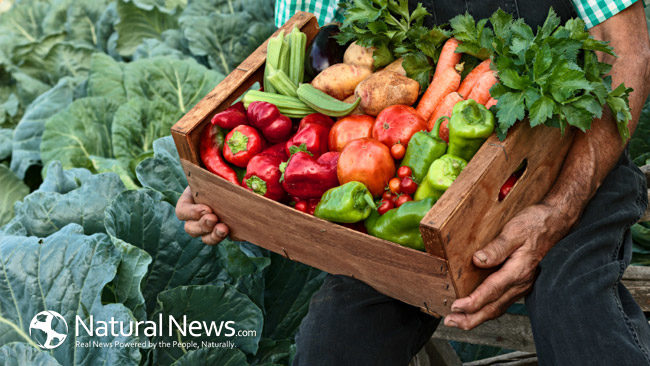Starchy vs non-starchy vegetables – What’s the veggie difference?
We know that vegetables are good for us because they are loaded with vitamins, fiber, minerals, and antioxidants. We need them for energy and digestion. But did you know that there are two types of vegetables: starchy vegetables and non-starchy vegetables?? Most carb counters are aware, but not everyone because most of us have been of the belief that vegetables are vegetables. Even though these are plant-based foods, they do contain carbohydrates. Starches are carbohydrates and so is indigestible fiber which is found in vegetables. However, compared to fiber, starches are stored in the form of sugar. They’re a long chain of sugar molecules bonded together. On the other hand, the indigestible fiber isn’t digested in the body, so it does not elevate blood sugar levels and therefore is often times recommended to be subtracted from total carbohydrate count. When counting carbs, this matters as you are only consuming the “net carbs” due to high fiber content. The American Diabetes Association does make it a point to address starchy versus non-starchy vegetable selections.
Starchy Vegetables
In general, about a half cup of these vegetables has about 15 grams of carbohydrates. Each gram equals 4 calories, so the extra count adds to your daily totals. However, these are the better choice of carbs versus baked goods or chips. Eating a potato is not all bad for you. In fact, a medium sized potato has about 40 carbs, but also has 4.5 grams of protein, fiber, vitamins B6 and C, potassium, and manganese. It’s hard to negate their nutritional value despite the extra carbs. At the same time, they are high in sugar, are a simple carbohydrate, can raise glucose levels, but they provide tons of energy. They’re higher on the glycemic index. During the growing stages of life, we should have these types of vegetables but as we age we can reduce their intake. We should not ignore them completely but can limit them to two to three times per week.
The list includes:
1. Potatoes
2. Sweet potatoes
3. Squash
4. Corn
5. Peas
Non-Starchy Vegetables
In general, a half cup of cooked or a full cup raw of these vegetables has about 5 grams of carbohydrates, with the main component being fiber. They are typically low in calories, don’t affect blood sugar, and have less sugar. Some say these vegetables don’t need to be restricted to portions, but keep in mind each body type is different.
The list includes:
1. Broccoli 10. Celery
2. Carrots 11. Cauliflower
3. Cucumber 12. Brussels
4. Onions
5. Lettuce & Spinach
6. Tomatoes
7. Asparagus
8. Kale
9. Zucchini
Eat your veggies, keep an eye on which type, and remember to keep the dips, dressings, and condiments in check.








